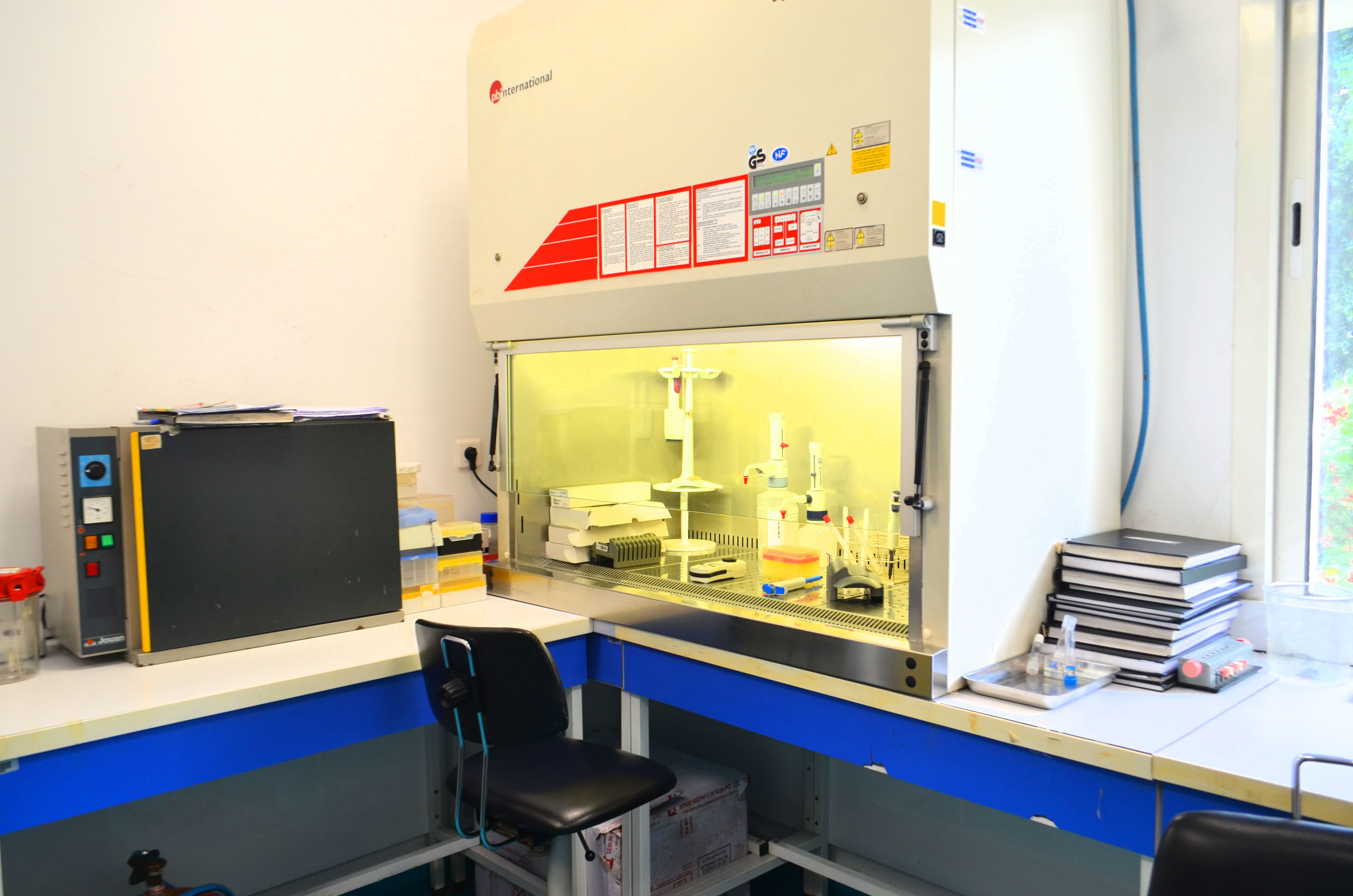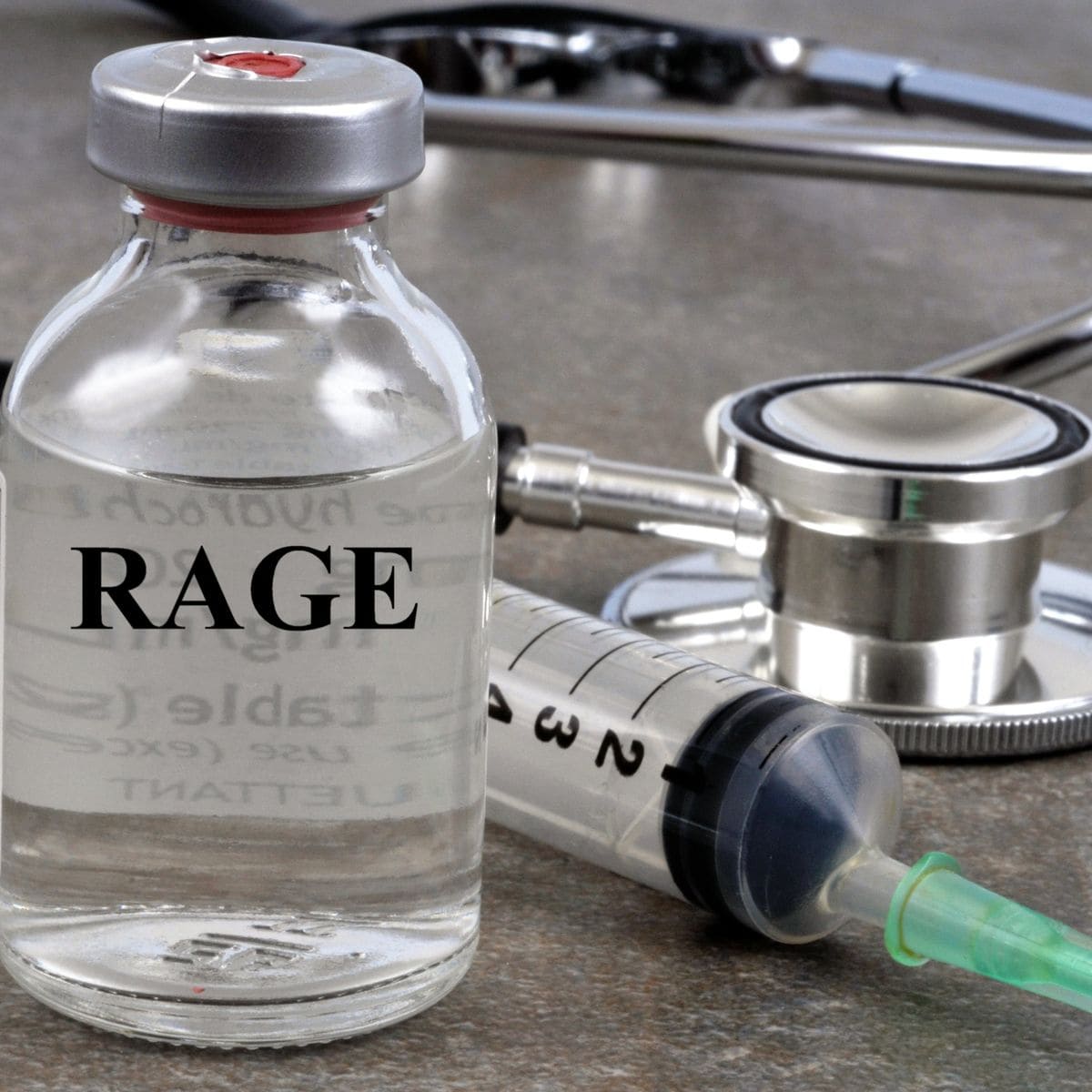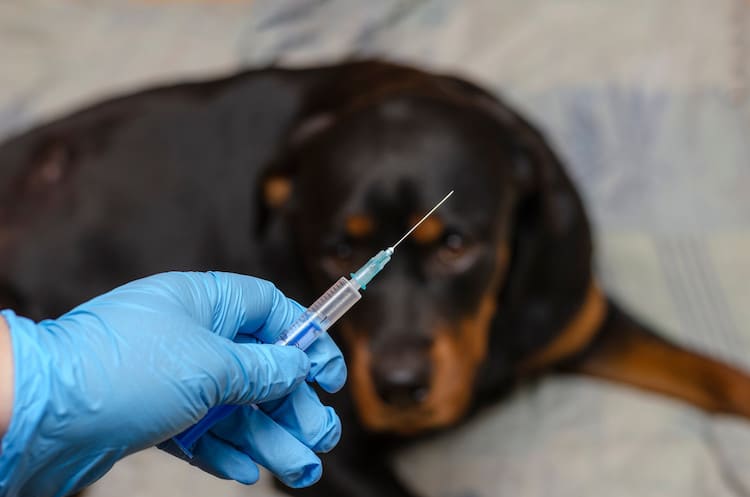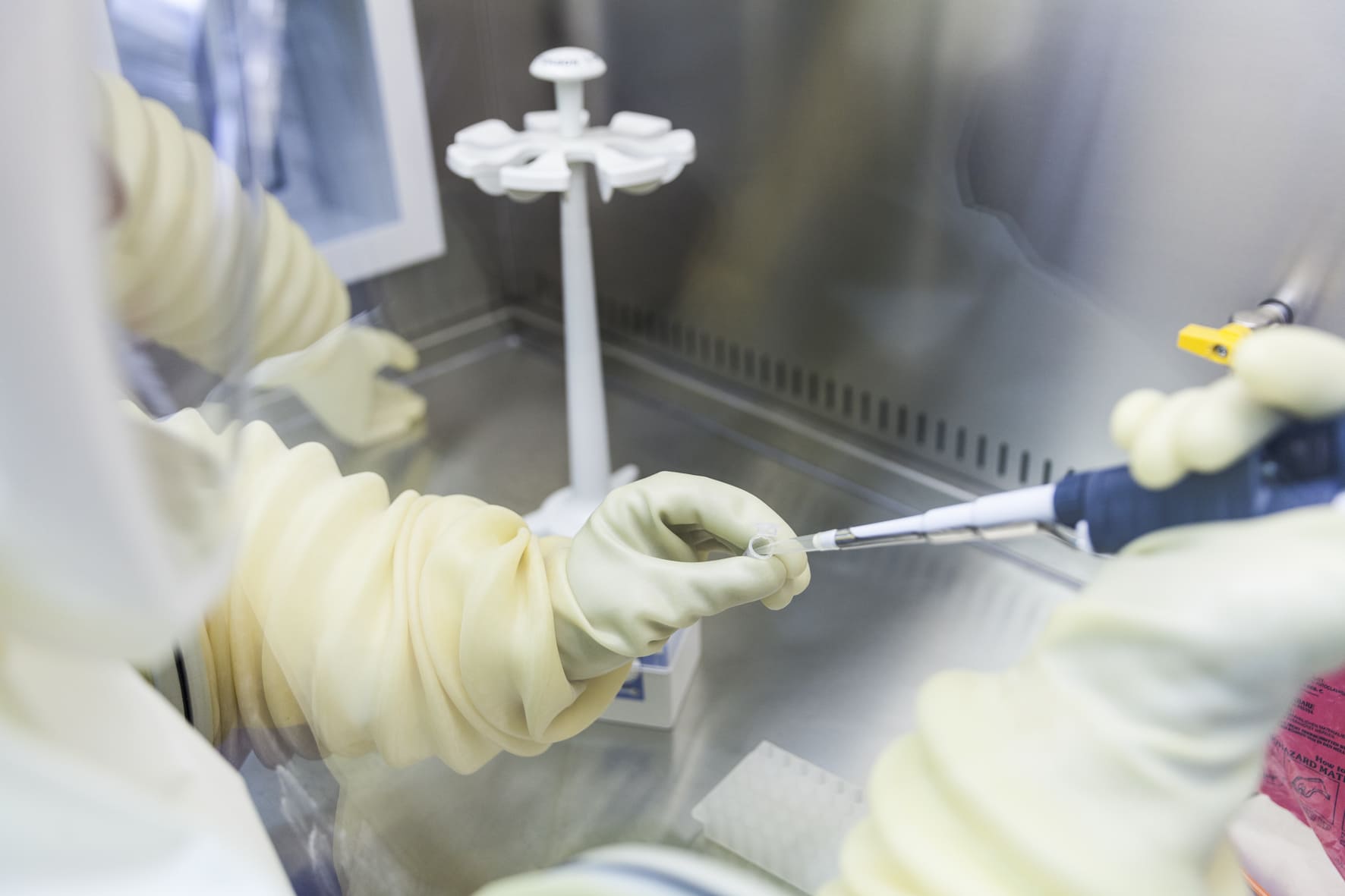Anti-rabies treatment
Fatal once declared, rabies can be prevented by vaccination but also after exposure to risk. It is transmitted by the bite of an animal (dog but many others possible), or even simple licking. It still kills more than 50,000 people a year, especially in Africa and Asia.
To prevent rabies, it is advisable to :
- Vaccinate domestic animals against rabies, especially dogs and cats ;
- Avoid contact with unknown animals, especially dogs and cats ;
- Advise children not to touch unknown animals, and encourage them to report any bite and / or scratch to which they were exposed.
In case of contact with an animal suspected of being affected by rabies, it is imperative to wash the wound well with soap and water for 15 minutes and immediately go to the nearest rabies center to receive appropriate treatment of the wound and benefit from a vaccination.
The disease
 Acute viral encephalomyelitis (damage to the brain and spinal cord), almost invariably fatal.
Acute viral encephalomyelitis (damage to the brain and spinal cord), almost invariably fatal.
The first signs are in particular the following: feeling of apprehension, headache, fever, poor general condition and sensory changes around the site of the bite. Excitability, hallucinations and aerophobia (pathological fear of drafts) are common, followed in some cases by hydrophobia (pathological fear of water) due to spasms of the swallowing muscles, progressing to delirium, convulsions and death after a few days.
A less widespread form, paralytic rabies, is characterized by paralysis, loss of sensation, a state of weakness and pain (WHO).
The cause
Rabies is due to a virus.
The transmission
 Rabies is a zoonosis (animal disease) that affects a wide range of domestic and wild mammals, including bats.
Rabies is a zoonosis (animal disease) that affects a wide range of domestic and wild mammals, including bats.
Humans are usually infected by the bite of a contaminated animal (which may not show signs of rabies), because the virus is present in saliva.
In developing countries, rabies is usually transmitted following a dog bite. It can occasionally be transmitted through other contacts with a rabid animal, such as scratches with skin penetration and bleeding or cases where the animal has licked an open wound and mucous membranes.
Human-to-human transmission, other than by organ transplants, has not been confirmed in the laboratory (WHO).
The risks for travelers The risk that travelers incur in areas where rabies is present is proportional to the frequency of their contacts with mammals likely to be rabid.
In most developing countries, it is estimated that there is one dog per 10 inhabitants and on average, about a hundred suspicious dog bites are reported per 100,000 inhabitants each year.
Since rabies is fatal, it is necessary to immediately consult a competent medical center, preferably the rabies center of a large urban hospital.
First aid should be provided as soon as possible (post-exposure prophylaxis).
Prevention
 Travelers should avoid contact with stray animals, especially dogs and cats, and with free-range or captive animals. For travelers who do caving, the simple exposure to the air of the caves is not dangerous, but they should not touch the bats.
Travelers should avoid contact with stray animals, especially dogs and cats, and with free-range or captive animals. For travelers who do caving, the simple exposure to the air of the caves is not dangerous, but they should not touch the bats.
In most countries of the world, suspicious contact with bats justifies post-exposure prophylaxis. There are two levels of vaccination to prevent rabies: before any bite and any risk of transmission (pre-exposure), after exposure that may cause fear of rabies transmission.
The rabies vaccination is therefore carried out in the following two cases :
- Pre-exposure vaccination: to protect people who may be exposed to rabies,
- Post-exposure prophylaxis: to prevent the disease in subjects who have been exposed, usually after being bitten by an animal suspected of having rabies. The vaccines used for vaccination before and after exposure are the same, only the administration protocol changes depending on the application.
Preventive vaccination does not dispense with a curative treatment (two booster injections), which must be implemented as soon as possible in the event of proven or suspected exposure, but it simplifies the treatment and dispenses with the use of immunoglobulins, which are not always available.
The protocol

Two injections on D0, D7, D21.
In case of proven or suspected exposure in a vaccinated person: two booster injections spaced 3 days apart. Booster doses of rabies vaccine are no longer needed in people living or traveling to high-risk areas who have received a complete primary series of prophylactic injections.
The Serum and Vaccine Center (IPM), a major player in the national rabies control policy, ensures the permanent supply of rabies serums and vaccines with approximately 250,000 to 300,000 doses dispensed annually. It also provides therapeutic and preventive services against the disease thanks to the anti-rabies service. The Casablanca site being the only center approved by the prefectures of Greater Casablanca, following the signing of an agreement with the City Hall, receives more than 800 consultations per month with an average of 50 cases treated every day.
The CSV also has a medical virology laboratory which is a National Reference laboratory for human rabies. It ensures an expertise and research activity in order to allow the diagnosis of human rabies cases, the control of the vaccine response and the molecular genotyping of viral strains circulating in Morocco.